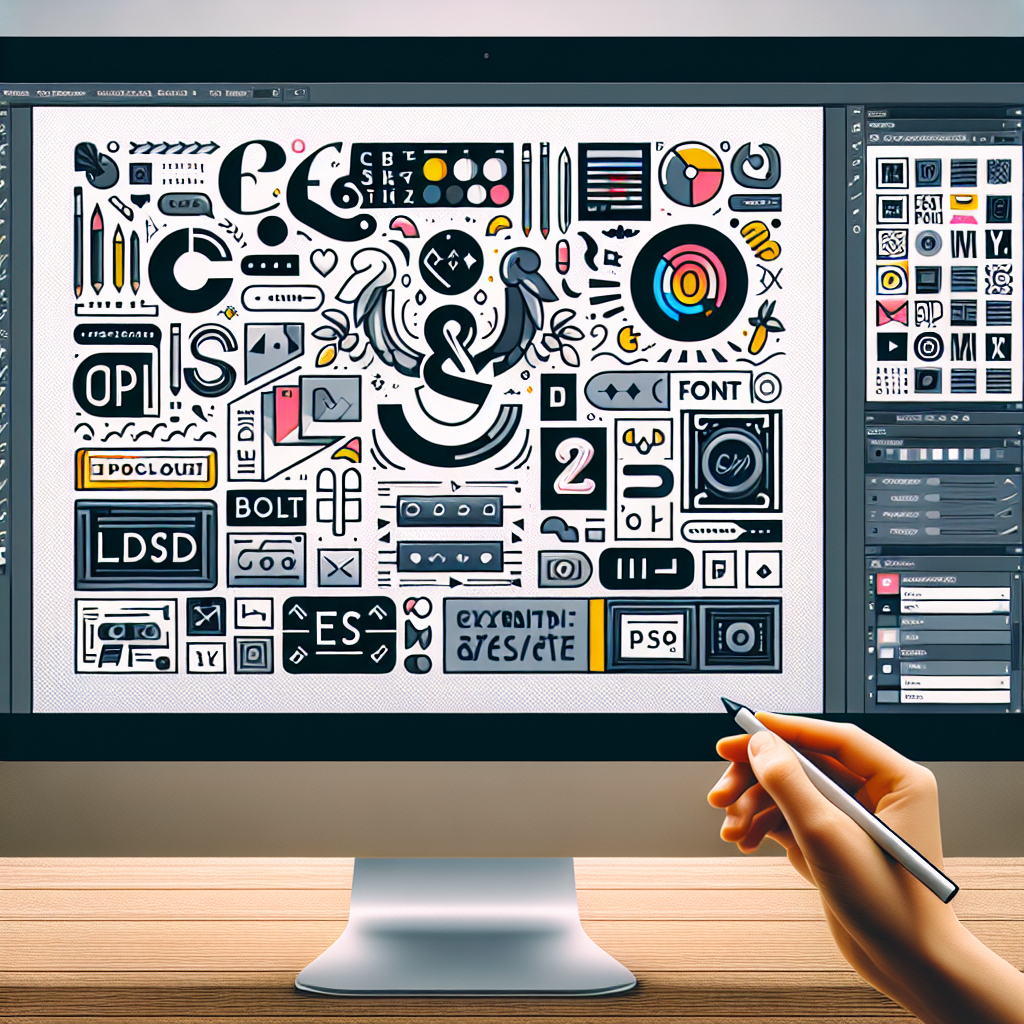Exploring Different Typography Options in Graphic Design Software
Typography, the art and technique of arranging type, is a vital element in the world of graphic design. Through the appropriate use of typography, you can communicate a message more effectively, create a brand image, or even evoke emotions among the audience. The font style, size, line spacing, and color are part of typography and have a significant impact on the design. In this write-up, we will explore the different typography options available in graphic design software.
Kerning and Leading
Two intrinsic aspects of typography are kerning and leading. Kerning is the adjustment of space between characters in a font, while leading refers to the spacing between lines of text. Most graphic design software allows designers to manipulate these aspects, creating a more customized and aesthetically pleasing output. For instance, Adobe Illustrator, a popular graphic design software, has dedicated areas where you can adjust the kerning and leading to achieve perfect alignment and balance in your design.
Fonts
InTypography, fonts are the various styles of text that you can use in your design. They range from classic traditional fonts like Arial and Times New Roman to more modern and creative ones. Different graphic design software offers a plethora of font options, but they also allow you to import new ones. Besides, they also offer the facility to add effects to the fonts such as shadows, bold, italic, underline, etc. Some software like Corel Draw even lets you create your custom font, giving you a greater advantage in your design work.
Alignment Tools
A critical aspect of typography is alignment. Most graphic design software tools like InDesign, Canva, and Illustrator enable you to align your text in various ways including left, right, center, and justified alignments. An excellent alignment creates a clean, organized look and contributes significantly to the reader’s ease of reading.
Typography Effects
Typography effects are an integral part of modern-day graphic design. These are effects that you can apply to your text to create a unique visual style. In graphic design software, you may find options to add drop shadows, reflections, texture, gradients, 3D effects, and more. These effects can make your design stand out, making your message more significant and impactful.
Conclusion
In conclusion, typography plays a crucial role in graphic design. With various typography options available in graphic design software, designers can communicate messages in unique and aesthetically pleasing ways. By understanding and properly utilizing the tools and effects provided by the software, their designs can stand out and leave a lasting impression on the viewers. The key is to balance creativity with readability for effective communication.
FAQs
1. What is Typography in Graphic Design?
Typography is the art and technique of arranging type in design. It involves the selection of typefaces, point size, line length, line-spacing (leading), letter-spacing (tracking), and the adjustment of spaces between pairs of letters (kerning).
2. What is the Importance of Typography in Graphic Design?
Typography is crucial in graphic design as it can significantly influence how a piece of information is perceived. It can help reinforce the message, evoke an emotional response, or create a distinct brand image.
3. Can I create my own font in Graphic Design Software?
Yes, some graphic design software like Corel Draw allows designers to create their own fonts.
4. What is Kerning in Typography?
Kerning refers to the adjustment of space between characters in a font, enhancing the balance and visual appeal of the text.
5. What are Typography Effects in Graphic Design Software?
Typography effects are treatments applied to text in graphic design software to enhance the visual appearance and appeal. Effects may include shadows, texture, gradients, 3D effects, and more.

